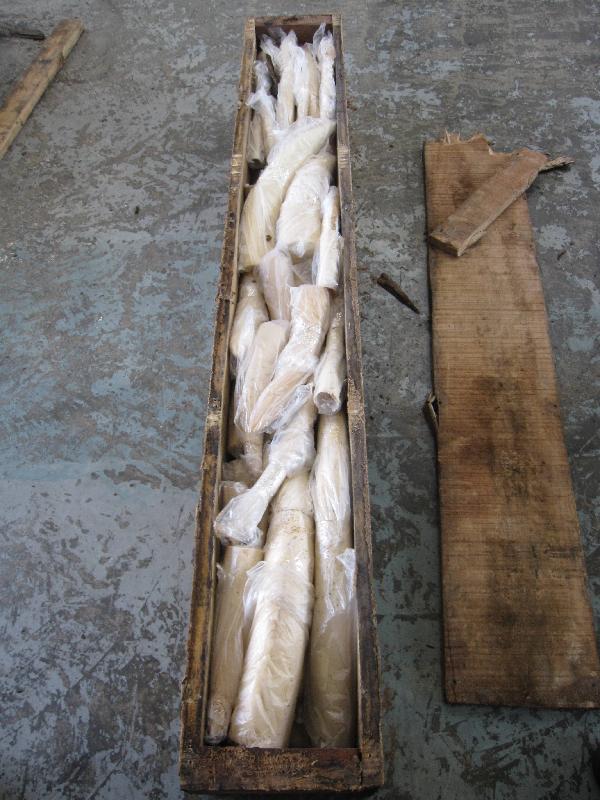The tangled routes of global elephant ivory trafficking


EIA’s recently launched global map of elephant ivory seizures and thefts of ivory from stockpiles has travelled far and wide. We focused on large ivory consignments because the operations behind these bear all the hallmarks of serious organised crime – requiring serious financial investment, a high degree of cross-border connections and conspiracy of groups.
Our map shows ivory seized equivalent to more than 31,000 dead elephants – but that’s only what the authorities have actually intercepted and is captured in public reports.
Today, we have a new infographic showing the routes some of these big ivory consignments have taken. As you can see, the path from source to market can be convoluted – you may raise an eyebrow at the consignment seemingly routed via Spain. But with risk, money and reputation at stake, smugglers naturally want to cover their tracks and must ensure the best possible conditions so that illicit cargoes reach their clients.

Ivory tusks hidden inside a wooden crate, 2013 (c) Hong Kong Customs
In 2014, EIA found that the island of Zanzibar was a preferred place for ivory trafficking due to some favourable conditions: established and professional criminal gangs, gaps in the law, easier cargo clearance, shipping lines direct to Asia and shipping agents whose names appear on cargo paperwork rather than that of the real owners.
One local freight agent described how his name had appeared on documents related to containers shipped to Hong Kong. While two containers had been intercepted by the authorities, he said three more for the same Chinese clients had successfully made it through undetected.
While splitting consignments across multiple shipments reduces risk, one insider revealed how, during 2013, a single syndicate had sent to 20 containers to China undetected. Such insights cast a chilling light upon the current elephant poaching epidemic.
When packed for export, ivory is concealed within lower value ‘fillers’ such as fish, seaweed, plastic waste and even shells. In 2006, traffickers operating in West Africa hid a large quantity of ivory in a container which had been specially modified for shipment to Hong Kong and intended for re-export to Macau. Back in Cameroon, investigators identified two more customised containers and the paperwork trail indicated multiple previous shipments along the route. The shipments were linked to the long-standing ‘Teng Group’, said to be connected to drug trafficking and money laundering.
Shipping routes aren’t necessarily direct but traffickers may also ensure the final destination is obscured; paperwork can be switched and containers unloaded from one vessel and switched to another several times. Transhipment is a means of obscuring the true origin of the cargo and to evade risk-profiling systems used by customs agencies.
All containers, however, can tell a story, so officers opening them up should be equipped to secure the scene and obtain forensic evidence from the tusks and wrappings to support criminal investigation. Furthermore, separate DNA testing of the ivory can identify where the elephants themselves came from.
Markings on tusks can give important and distinct clues – they may bear the initials of buyers or lettering related to previous storage in ivory ‘strong rooms’. Leaky stock rooms are not a new issue: in China, a 2003-dated Government document revealed that a survey of Government ivory stocks had found 110 tonnes of ivory missing, adding that a large amount of illegal sales had taken place. Therefore, disposing of inventoried stockpiled ivory prevents it from ever finding its way into illegal trade; just a few days ago, Kenya destroyed a 106-tonne ivory stockpile.
Nevertheless, ivory destructions are not the end of the fight; governments everywhere should undertake dedicated and effective efforts to unmask the ivory traffickers currently using smoke-and-mirror tactics to enrich themselves while devastating Africa’s precious remaining elephants.